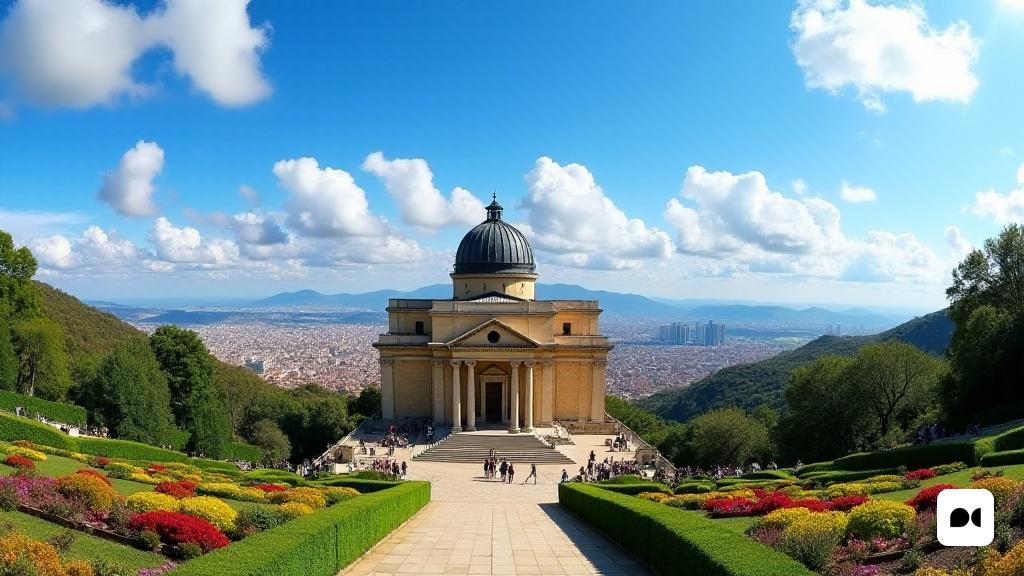A 121 -year -old scientific legacy
Located in the majesty of the Collserola range, the Fabra Observatory, one of the most emblematic in Barcelona, commemorates this April an impressive anniversary: 121 years of history. This institution, part of the Royal Academy of Sciences and Arts of Barcelona, is a fundamental pillar in the study of meteorology, astronomy and seismology.
Origin and evolution of the observatory
In 1894, the Royal Academy conceived the plan of a new astronomical observatory in Tibidabo, designed to replace the oldest facilities on La Rambla, where the weather instruments were located. However, it was not until 1901, thanks to the efforts of the Marquis of Alella, Camil Fabra, that this project took shape, culminating in the inauguration on April 7, 1904. Initially, the Observatory was called Tibidabo Observatory, although it was soon renamed in honor of its promoter.
The first years under the direction of Comas and Solà
The first years of operation were led by Comas and Solà, who was succeeded in 1912 by the well -known Eduard Fontserè, a pioneer in Catalan meteorology. During this period, the Observatory gained notable scientific recognition, which was interrupted by the Civil War.
Current activities of the observatory
On March 4, 2014, the Government of the Generalitat de Catalunya declared the Fabra Observatory as a cultural asset of national interest, emphasizing its importance as a historical monument. Today, the Observatory has experienced renewals that have allowed to revitalize its scientific mission, focusing on the study of asteroids and comets through international collaborations.
A scientific outreach center
In addition to his research, the Fabra Observatory has become a benchmark in scientific dissemination, offering guided tours, talks and events that allow the public to know their rich history and advances in astronomy.
A benchmark in climatic data
With more than a hundred years of meteorological records, the Fabra Observatory, together with the Ebro Observatory, has established itself as one of the most important centers nationally for the study of climate, providing essential data for the analysis of climate change trends and their future evolution.

